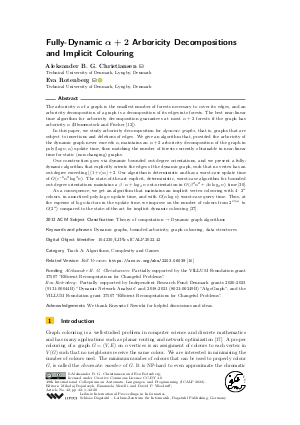LIPIcs.ICALP.2022.42.pdf
- Filesize: 0.95 MB
- 20 pages

 Creative Commons Attribution 4.0 International license
Creative Commons Attribution 4.0 International license










Feedback for Dagstuhl Publishing